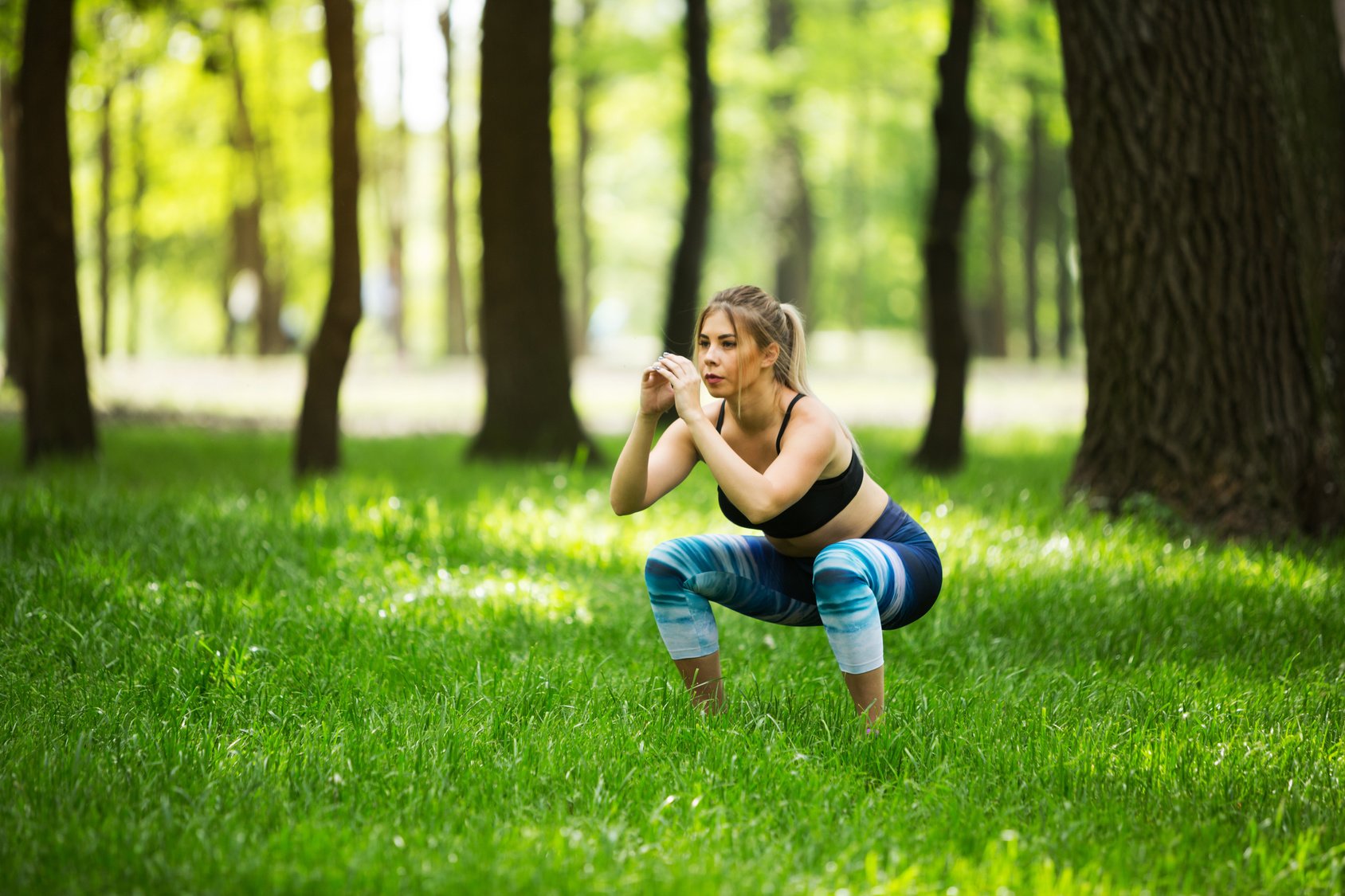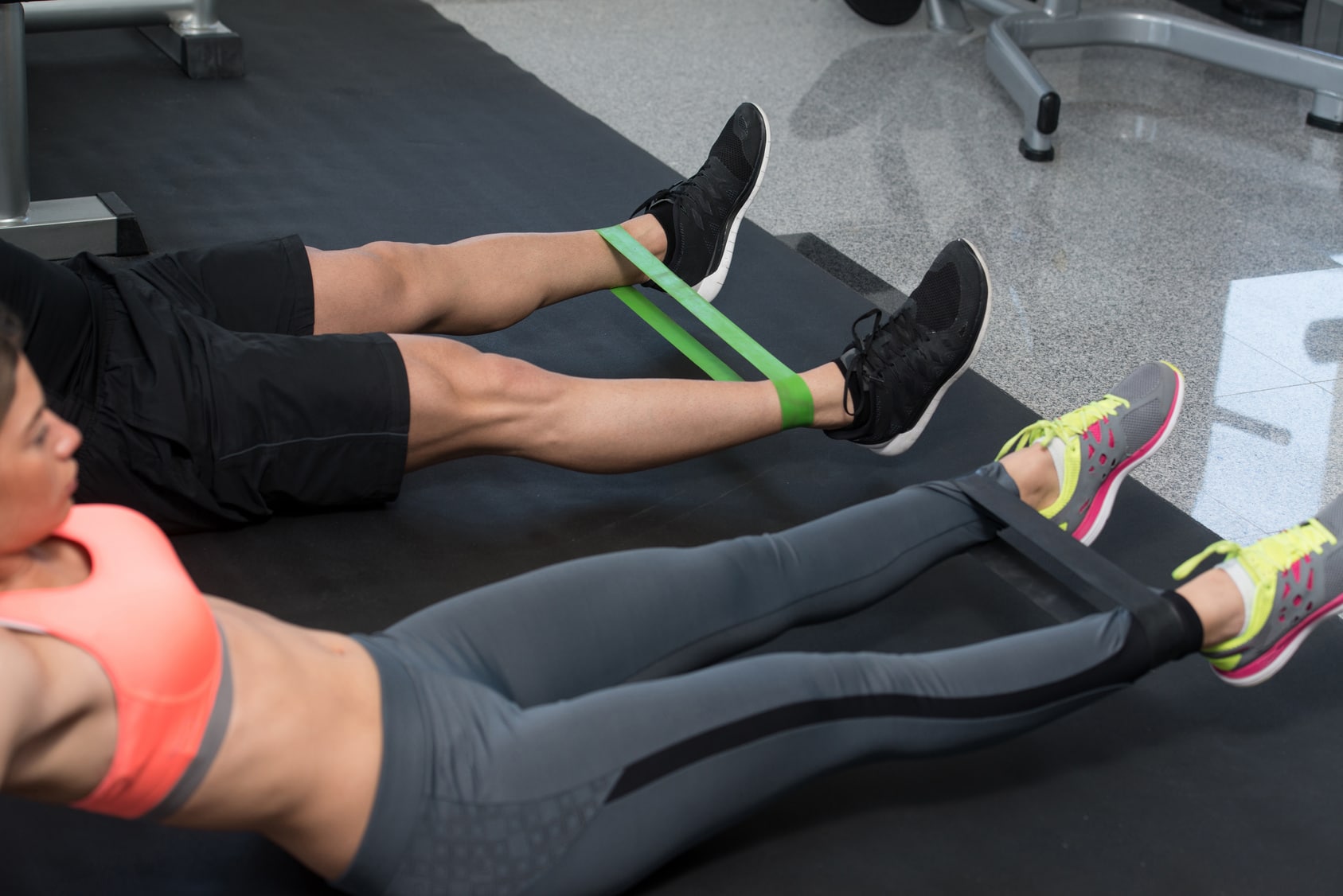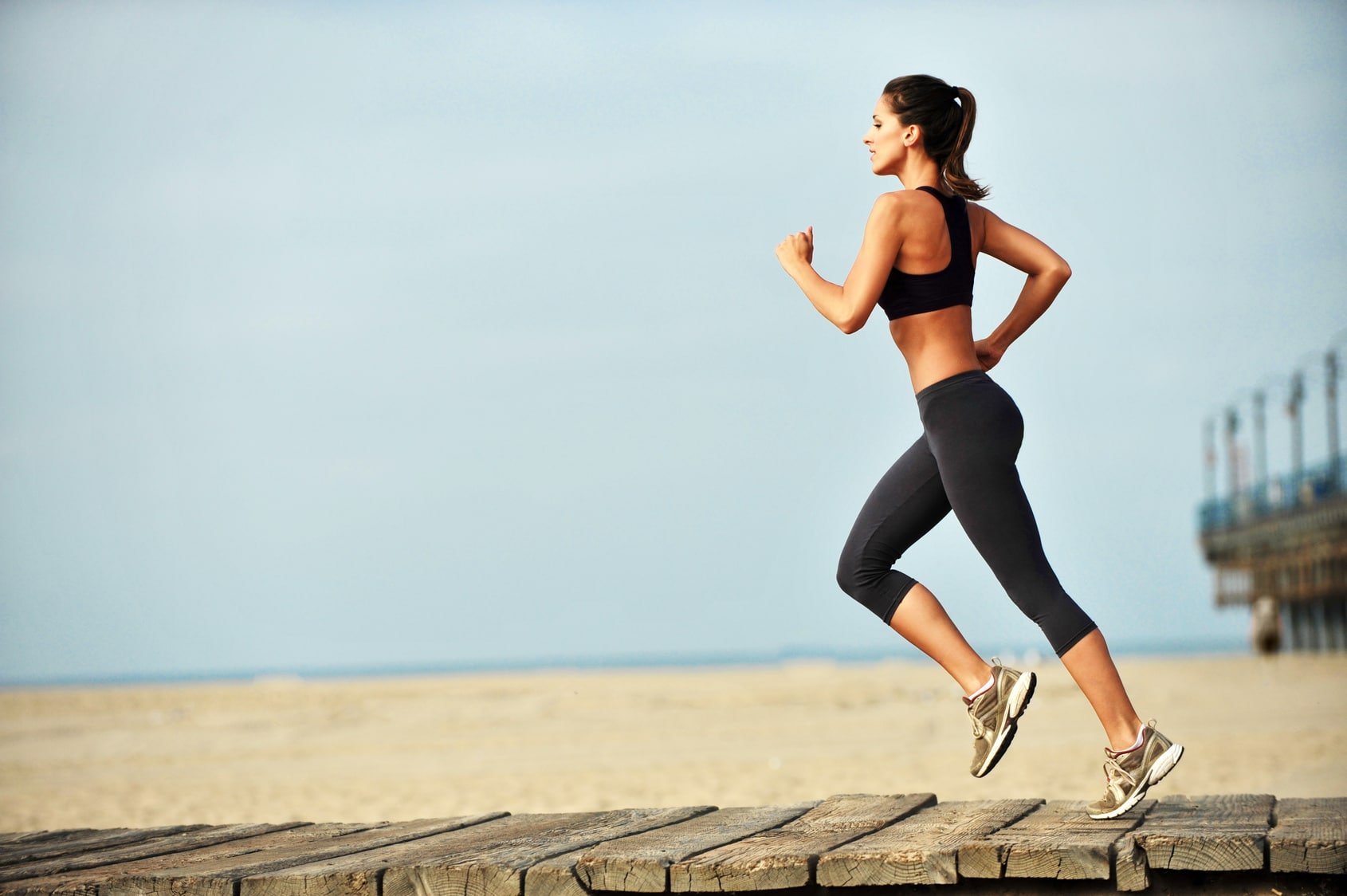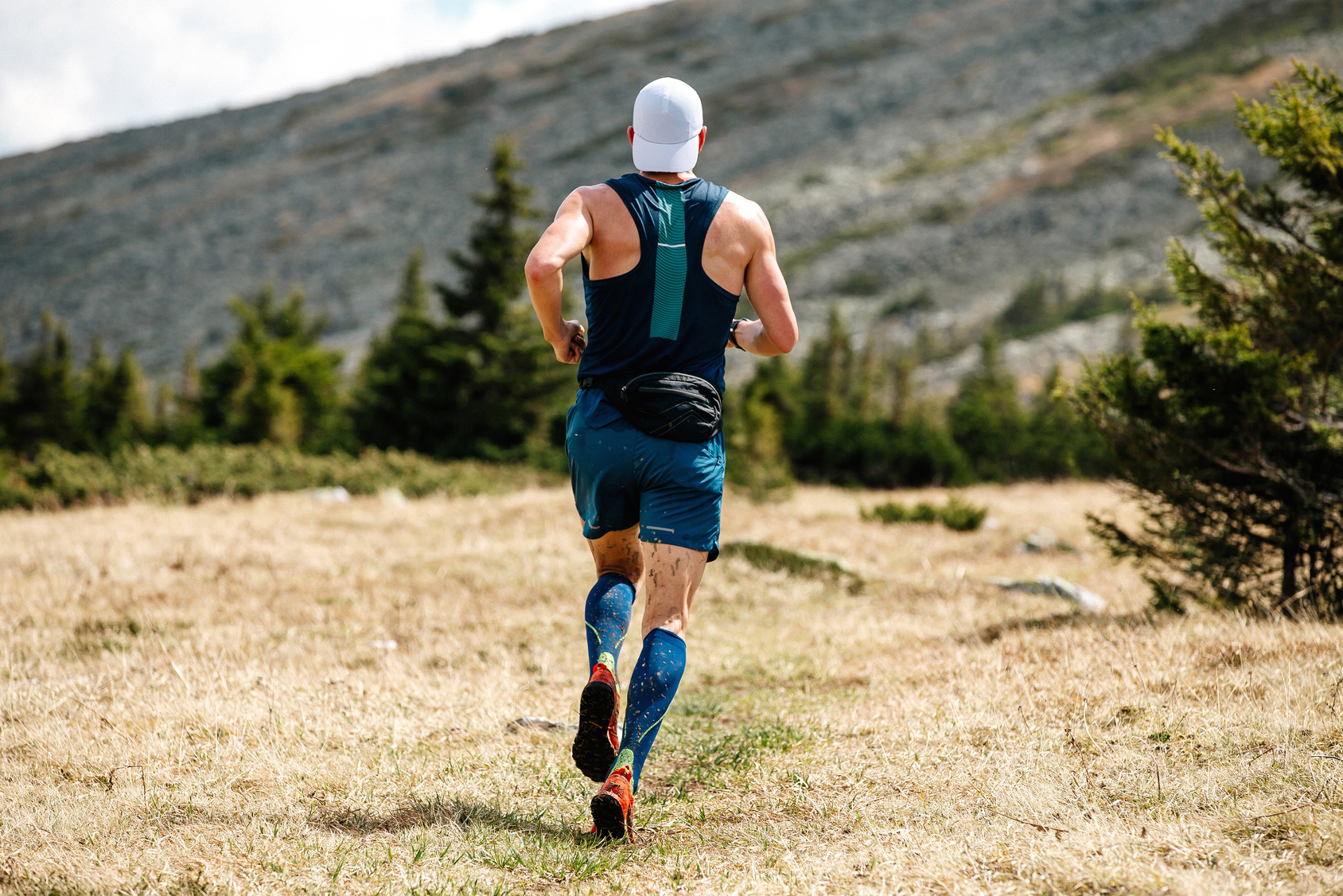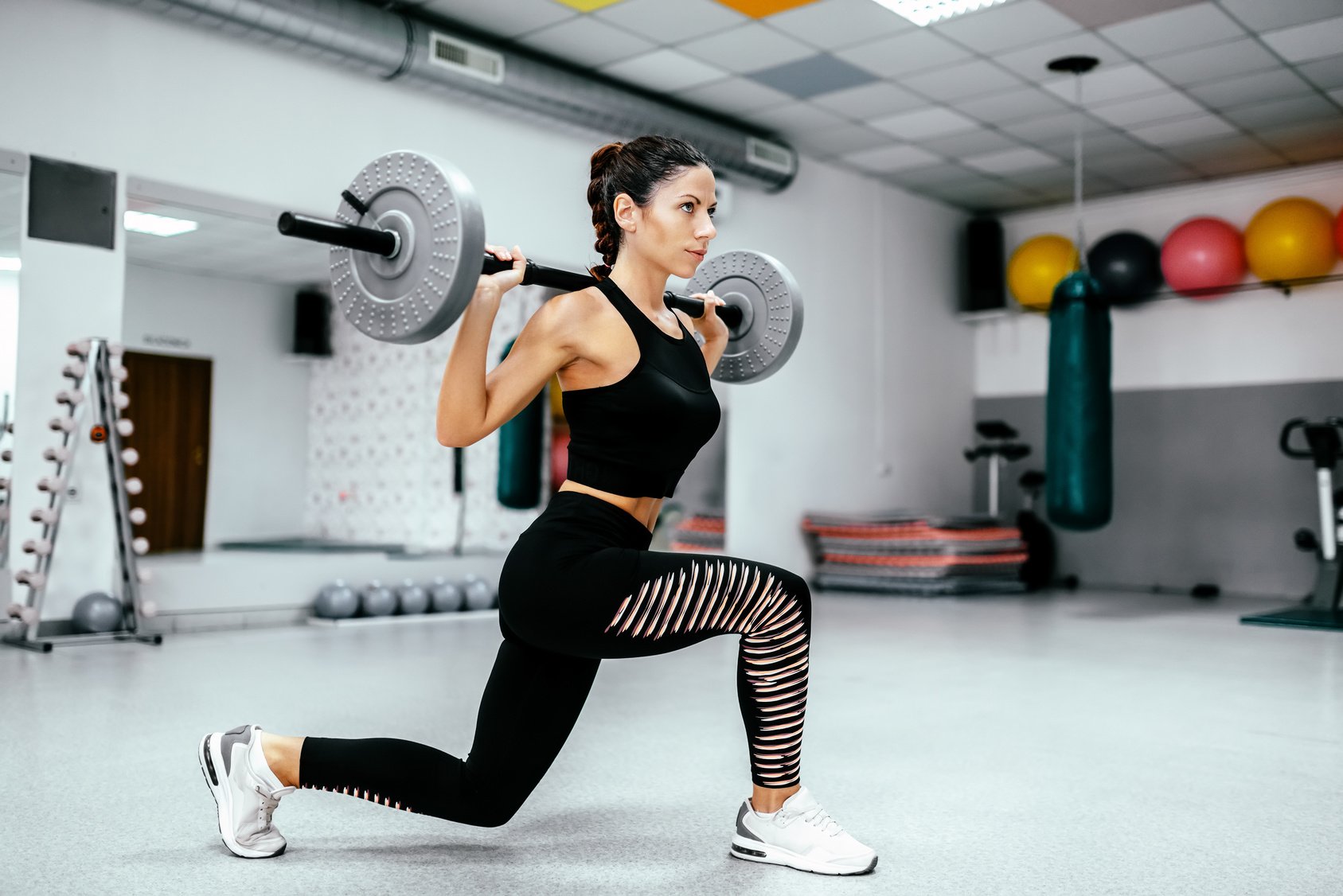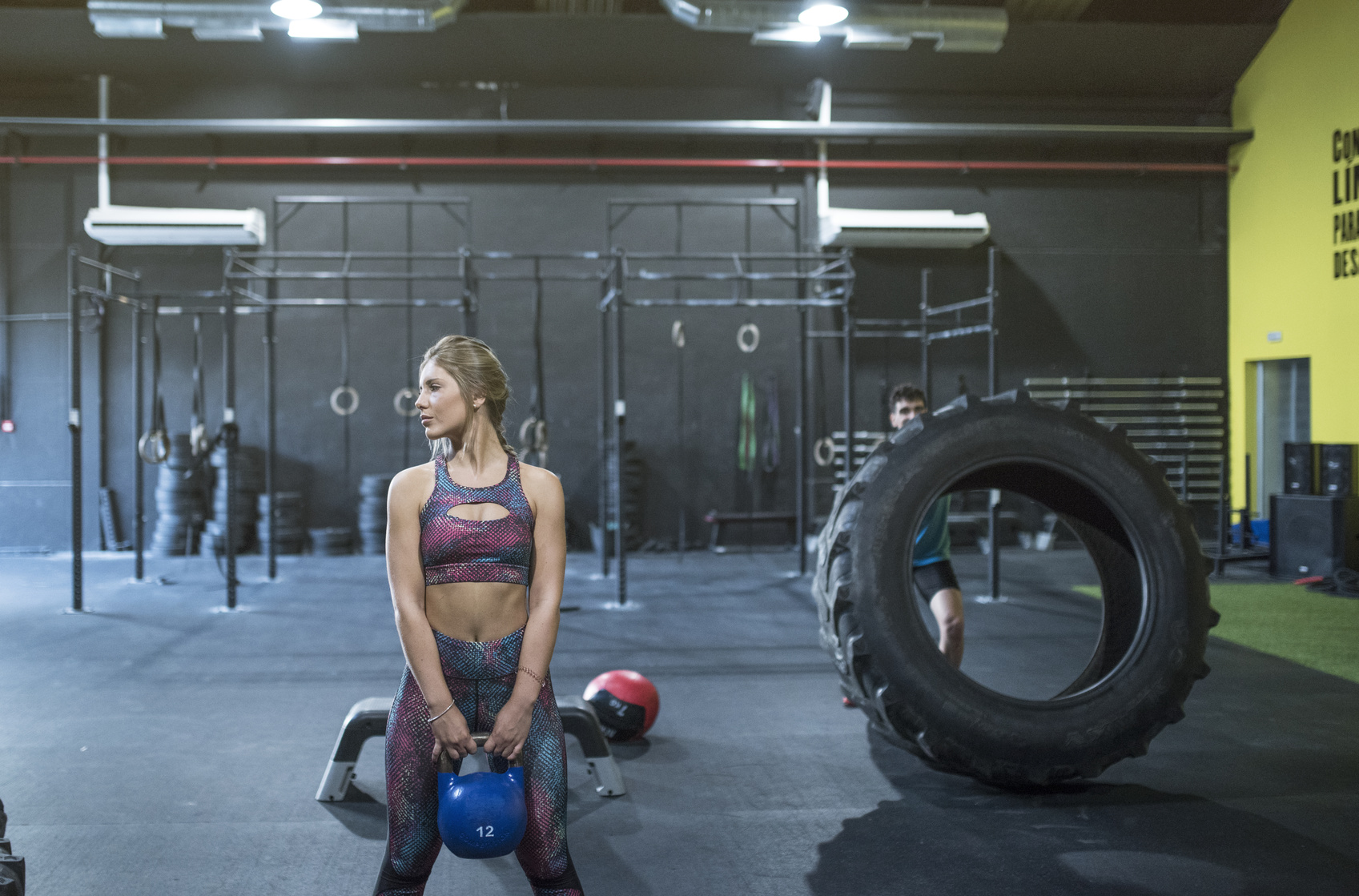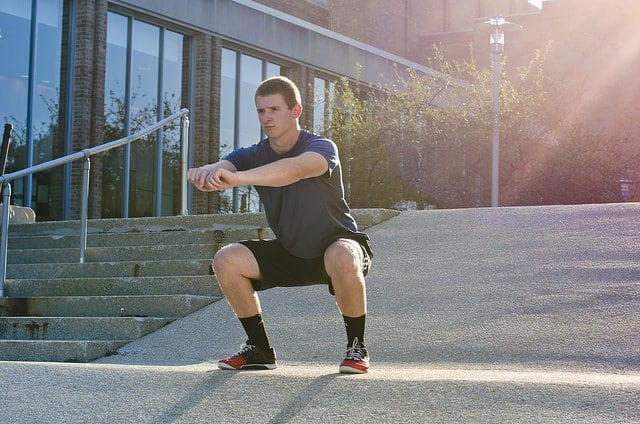Looking to supercharge your running skills? Well, you’re in for a treat!
Let’s talk about something that transformed my running game – strength training. It turned me into a more efficient, injury-resistant runner, and I’m here to share the wisdom with you.
I firmly believe that if you follow the advice I’m about to lay out in today’s post, you could experience the same incredible results.
Picture this: You, a stronger, more efficient runner, conquering those miles with ease and grace.
Sounds pretty awesome, right? That’s why I’m here to tell you that incorporating total body strength training into your runner’s toolkit is a game-changer.
Not only does it help keep those pesky injuries at bay, but it also sets you on a path to becoming a better, more powerful runner – no matter what your running goals may be.
So, let’s dive into the world of strength training and unlock your running potential!
Why do you need to strength train?
Alright, let’s get down to the nitty-gritty – why on earth should you dive into strength training for your running game? Well, my fellow road warriors, there are some pretty darn good reasons:
Boost Muscle Power:
Ever dreamt of turbocharging those calves, quads, glutes, and hamstrings? Strength training is your golden ticket to unlocking that raw power. The result? You’ll be tearing up the track and leaving your personal records in the dust.
Bid Adieu to Imbalances:
Imagine a world where muscle imbalances are a thing of the past. Research has linked these imbalances (when one muscle group becomes stronger or weaker than its counterpart) to a parade of overuse injuries like Runner’s Knee and IT band syndrome. Strength training is your knight in shining armor, here to restore balance and keep you injury-free.
Master Your Running Form:
As the miles rack up, fatigue starts to creep in, and your running form takes a hit. But fear not! Strong muscles swoop into the rescue, helping you maintain that picture-perfect form. Your core and upper body become your trusty sidekicks, providing stability and support as you conquer the road.
So, here’s the deal: if you’re looking to power up your running game, trim down your race times, and wave goodbye to those pesky injuries, strength training is your secret weapon. And trust me, I’m a runner, too – I know you’re on board with these goals!
The 13 Best Exercises To Improve Running
Without further ado, here are the exercises most appropriate for runners.
Exercise To Improve Running No – 1. Forward Lunge
This asymmetrical standing exercise is among the most running-friendly exercises out there—and for many reasons.
Lunges are convenient, versatile, and focus on the muscles runners use the most: glutes, hamstrings, and quadriceps.
Plus, they also increase the range of motion and improve balance and coordination—key running skills.
Proper Form
Get into an athletic stance while holding a dumbbell in each hand.
Next, step forward with your right foot, shifting your weight to that foot’s heel.
Step far enough forward that both of your knees are bent at about a 90-degree angle.
Lower your body until the front knee is positioned over the ankle and the back knee is a few inches off the ground. Make sure to remain as stable as possible, with the spine neutral throughout the movement.
Then, step back to the starting position and repeat on the other side.
Perform 12 to 16 reps to complete one set. Aim for three sets.
Exercise To Improve Running No – 2. Planks
It’s one of my favorite core exercises of all time!
Your core muscles, including the lower back, glutes, rectus abdominis (the six-pack), transverse abdominis (the “deep” abs), and obliques, work together to maintain pelvis neutrality and hold proper form when you run.
Plus, a strong core also reduces energy waste, preventing a litany of injuries and boosting your stride power. As you already know, runners are all about preventing injury and improving performance.
Proper Form
Begin by propping yourself on your elbows with the feet slightly apart.
Keep your abdominals engaged, back straight,
and shoulders directly above the elbows down and back, arms parallel to the body.
Instead of locking your knees, make sure to keep them slightly bent.
Hold this position for one full minute to complete one set.
Gradually add time (or weights!) as you get stronger.
Additional Resource – Your guide to weighted vests for running.
Exercise To Improve Running No – 3. Push-ups
Just because you’re a runner does not mean that upper body strength is trivial.
The fact is, as already stated in this post, proper upper body strength is key for both efficient running and proper form. No doubts.
Not only that, but it also helps take the pressure off your hips, knees, and ankles as fatigue sets in.
And when it comes to building upper body strength and power, you cannot go wrong with pushups.
This symmetrical exercise helps develop upper body and core strength and endurance like nothing else.
More specifically, pushups target the pectoralis muscles of the chest, but they also train the triceps—the muscles at the back of the upper arms and the shoulders.
Proper Form
Assume a plank position with your hands shoulder-width apart, back flat, and feet slightly apart.
Next, lower your body by bending your elbows to a 90-degree angle, keeping them relatively close to your torso until your chest hovers over the ground.
Keep your glutes engaged and torso rigid throughout the exercise—hiked or sagging hips are a sign that you lack enough strength to perform the exercise properly.
Then press back up to the starting position and repeat.
Do as many push-ups as possible with good form to complete one set. Aim for three sets.
Exercise To Improve Running No – 4. The Twisting Lunge
This lunge variation is a great core exercise that also increases lower body strength, coordination, and balance.
Also, the twisting motion forces the glutes to contract more fully while it engages the core.
Proper Form
Assume an athletic position while holding a dumbbell or a medicine ball in front of you with elbows bent at approximately a 90-degree angle.
Step forward with your right foot into a lunge position.
Then, while keeping your knee on the right foot, twist your upper body to the right.
Maintain a 90-degree angle bent in the front knee, then straighten and engage your rear leg.
Last up, slowly press back to the starting position.
Exercise To Improve Running No – 5. Russian Twists
One of the best exercises for working the obliques—the muscles that help rotate the torso and stabilize the spine.
Plus, Russian twists can also target the hips, back, arms, and shoulders, depending on the weight apparatus used and/or loading of the movement.
Proper Form
Begin by sitting down on the floor while keeping your back at a 45-degree angle, both feet either flat on the floor (easy) or in the air (more advanced) so your body is forming a V shape.
Make sure to keep your back flat at this angle throughout the movement. Do not hunch your shoulders forward.
Next, twist your upper body to the right, hold for a count of three, and then slowly rotate back to the starting position.
Repeat on the other side.
For more challenges, hold a dumbbell in each hand as you twist.
Exercise To Improve Running No – 6. Squats
If I had to pick one exercise that fits perfectly with the demands of running, then it would be squats.
This fantastic exercise boosts leg power, improves knee stability, and increase the range of motion—all of which can prevent a plethora of overuse running injury.
For the full guide to squat variations, check my post here.
Proper Form
Assume an athletic position with feet shoulder-width apart, toes pointing ahead while holding dumbbells at shoulder-height.
You can also perform this without weight while holding your arms extended in front or overhead.
Next, lower down by sitting back as if there is a chair behind you.
Lower your hips down until your thighs are parallel to the floor, forming a 90-degree angle. Just do not let your knees go past your toes.
Then press back up to the starting position.
Exercise To Improve Running No – 7. The Bridge
This is one of the best exercises for strengthening the core stabilizer muscles, specifically the transversus abdominis and multifidus muscles.
The bridge also helps prevent lower back pain.
Not to mention that it’s the go-to move for toning the gluteus medius muscle—one of the three muscles responsible for creating the ever-coveted lift.
Proper Form
Begin by lying down on your back with arms to the side, palms facing down, knees bent, and heels on the floor.
Next, raise your hips until knees, hips, and shoulders are in a straight line. Squeeze your abs and glutes as you reach the top of the movement. Do not overextend your back during the exercise.
Hold the bridge post for a couple of seconds before easing back down.
Last up, slowly lower your hips back to the floor and allow you to briefly touch the floor before completing another rep.
Exercise To Improve Running No – 8. Wall Sits
This isometric exercise is one of my favorites!
It’s an impressive lower body move that builds strength and endurance in the calves, glutes, and, more importantly, the quadriceps.
Walls sits are also easy on the knees and can be performed by almost anyone.
Proper Form
Stand roughly two feet away from a wall.
Next, press your back against the wall with your feet shoulder-width apart and slide down the wall until you end up in a sitting position. Imagine there is a chair under you.
Keep your thighs parallel to the ground and feet firmly planted on the ground throughout the hold.
Hold the position for as long as you can. And remember to engage your legs and core muscles while keeping the back flat throughout the hold.
Last up, slide up the wall to the starting position to complete one set.
Exercise To Improve Running No – 9. The Deadlift
The deadlift is the mother of all full-body exercises.
In fact, it’s one of the most basic powerlifting exercises.
The classic deadlift hits almost every muscle in the body, including the quads, calves, lower back, and core muscles.
Furthermore, study shows that the deadlift can also increase strength and muscle mass by boosting the release of the growth hormone.
Proper Form
Start by placing a heavy barbell on the floor in front of you, positioning your feet about halfway under the bar—roughly 3 inches from touching it.
Next, while hinging at the hips and keeping your back straight with the core engaged, bend over until your shins touch the barbell, then grab the loaded barbell.
Next, to pull the barbell off the ground, extend your hips and knees until you’re standing up straight.
On the way down, slowly lower the weight to the floor until you’re back to the starting position.
Perform 8 to 10 reps to complete one set.
Aim for three sets.
Exercise To Improve Running No – 10. Overhead Lunge
This is a quite challenging variation of the classic bodyweight lunge that targets the shoulders, the core, the glutes, hamstrings, and quadriceps—making it a total body exercise per excellence.
Not only that, but overhead lunges will also help you build and increase flexibility in the hip flexors.
Also, they are ideal for challenging your balance, proprioception, and overall mobility.
Proper Form
Start by standing tall with feet shoulder-width apart while holding a plate, a pair of dumbbells, or a barbell straight above your shoulders.
Please make sure that your arms are straight with the elbows locked.
Next, while keeping the weight directly overhead (in line with the shoulder joint ), take a large step forward with your right leg and lower your body until your right knee is bent at a 90-degree angle.
Last up, return to the starting position and repeat with your left leg to complete one rep.
If this is too challenging for you, then feel free to hold the weight at shoulder level.
Exercise To Improve Running No – 11. The Chin-up
Another awesome upper body weight that’s guaranteed to help you achieve the kind of upper body strength you always wanted.
This ideal exercise targets the core, the back, and the biceps muscles like nothing else.
If performing straight chin-ups is too much for you, then feel free to use a chair assist for more help.
(check the YouTube Tutorial for how).
Proper Form
While using a pull-up bar, grab it with your palms facing you and with hands a bit wider than shoulder-width apart.
Next, while keeping your core engaged and letting your body hang, raise yourself up until your chin is parallel with or over the bar.
Then, slowly release and repeat.
Exercise To Improve Running No – 12. Kettlebell Swing
You might not be familiar with this kettlebell exercise, but kettlebell swings are some of the best functional and total body exercises that there is.
This particular exercise is good for runners because it can help you boost endurance, core stability, strength, and balance—all of which can help you improve your overall running power for any distance and running terrain.
Proper Form
Start by standing tall feet hip-width apart while holding a dumbbell (or a kettlebell) with both hands at arm’s length.
Next, bend your knees slightly, rock back, and lower the weight to between your legs until it’s below your butt.
Then, with a hip-snapping motion, thrusts the hips forward and swings the kettlebell forward to shoulder height.
Please do this while keeping the arms straight and core engaged through the movement.
Continue swinging back and forth, allowing momentum to swing the kettlebell upward instead of trying to actively lift it with the arms.
Do 12 to 16 swings to complete one set.
Aim for three sets.
Exercise To Improve Running No – 13 Front Squat to Push Press
Also known as thrusters in the CrossFit circles, it’s a mix of the classic squat and the powerful push press exercise.
This exercise hits almost every major muscle group in the body with the added benefits of increasing total body endurance, flexibility, mobility, and coordination like nothing else.
Just be careful.
This is an advanced exercise.
You can only start doing it after mastering basic squat variations as well as the stand push-press exercise.
Proper Form
Start by standing with your feet shoulder-width apart while holding a sandbag on the shoulder and upper chest (or a barbell across the front of the shoulders).
Next, while keeping the core engaged and back flat, lower Don by pushing your hips back and bending your knees until you are in a full squat position.
Hold for a moment, then from the bottom position, explode back and stand back up as hard as you can while pushing the weight overhead, with the legs straight, shoulder stacked over your hips, and arms fully extended.
This is one rep.
Do 8 to 12 reps to complete one set.
Aim for three sets.

